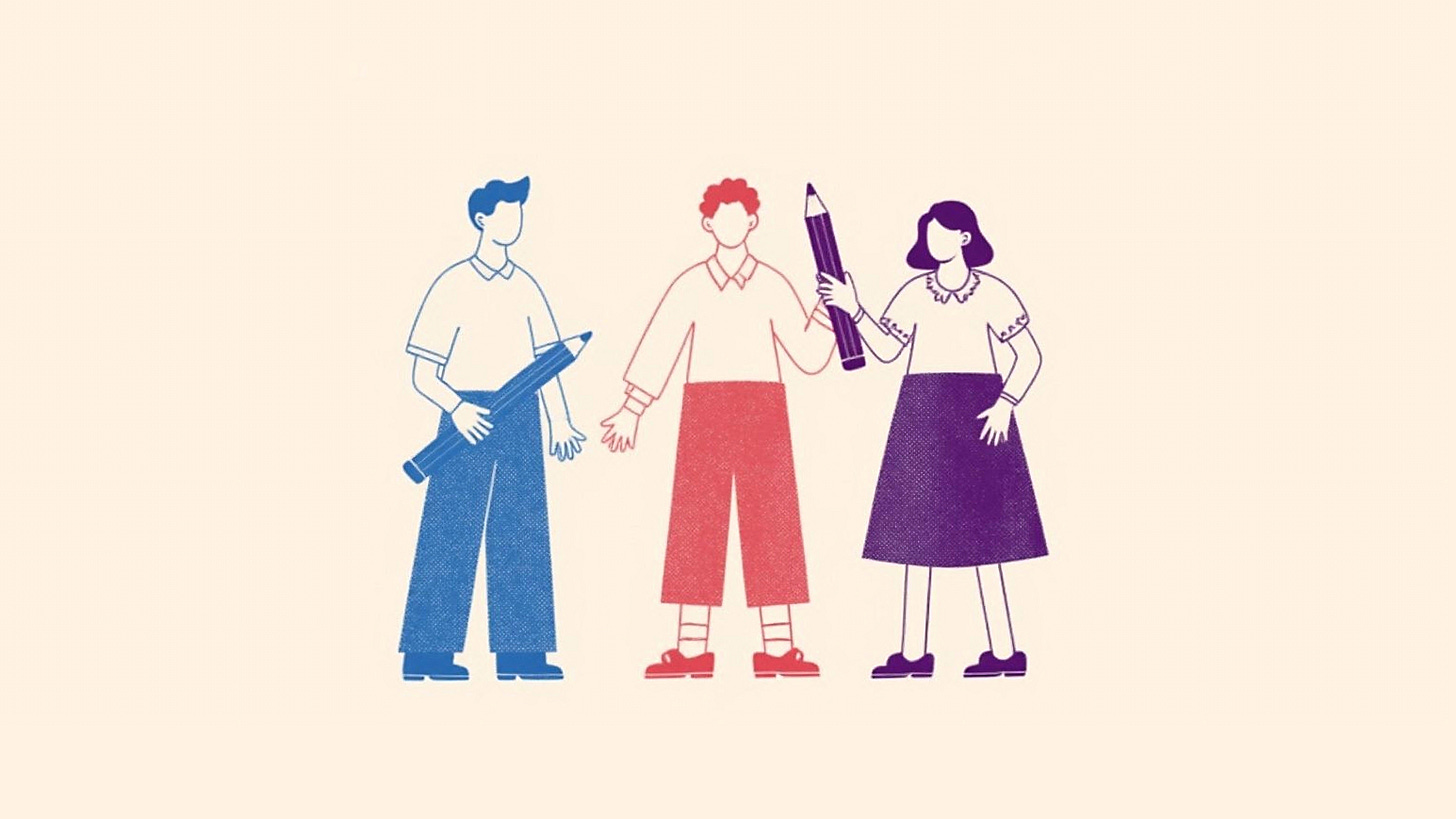When we talk about Human-Centred Design (HCD) the meaning can become a little fuzzy. With talk of marketing funnels, coercive marketing techniques or even subliminal messages in design; HCD brings everything back into focus. Today I’ll share why humans need to be at the centre of design and how we can think differently to do this.
Ideate
When I wrote my masters thesis, one third of it was about HCD in health and public health.
According to Harvard School of Business, we can define HCD in the following way: “Human-centred design is a problem-solving technique that puts real people at the centre of the development process, enabling you to create products and services that resonate and are tailored to your audience’s needs.”.
Put simply, it means putting humans first. Our feelings, needs, motivations, wants and desires being thought about as a primary focus rather than a secondary measure when designing.
The best design tells a story; this isn’t always the story of the product, company or service that’s being offered. In HCD, the story focuses on the user or client and their story.
Iterate
An excellent example of this is Duolingo, an app that helps users to learn a new language. With over 500 million users worldwide, they use feedback to continually improve the app and experience in using it.
Using HCD, they were able to identify the barriers that users had in maintaining use of the app longterm. In doing so, they were able to leverage two age old human focused tricks; guilt and humour. The adorable owl that might have encouraged you to download the app originally, now scowls at you or “looks sad” when you don’t use the app everyday – making users more likely to pick the app up again.
The centre of this design change is users' innate desire to learn a language and fear of disappointment (in both themselves, and this case, your owl language learning companion); making it more psychology rather than design!
We see this again and again in healthcare design (something I cover heavily in my Masters; did I mention I wrote a masters?). Instead of focussing on a call to action, they focus on the story of being unwell, personal healthcare experience, in a storytelling manner.
By telling stories, we bring people together. Create bonds and connections, develop relationships and build communities – a much better alternative to be “sold at” or “told” what to do or buy, right?
Implement
🧠 What do you think of when you think of human centred design?
🧠 Do you put human emotions, desires and needs into the mix when creating anything in your business?




